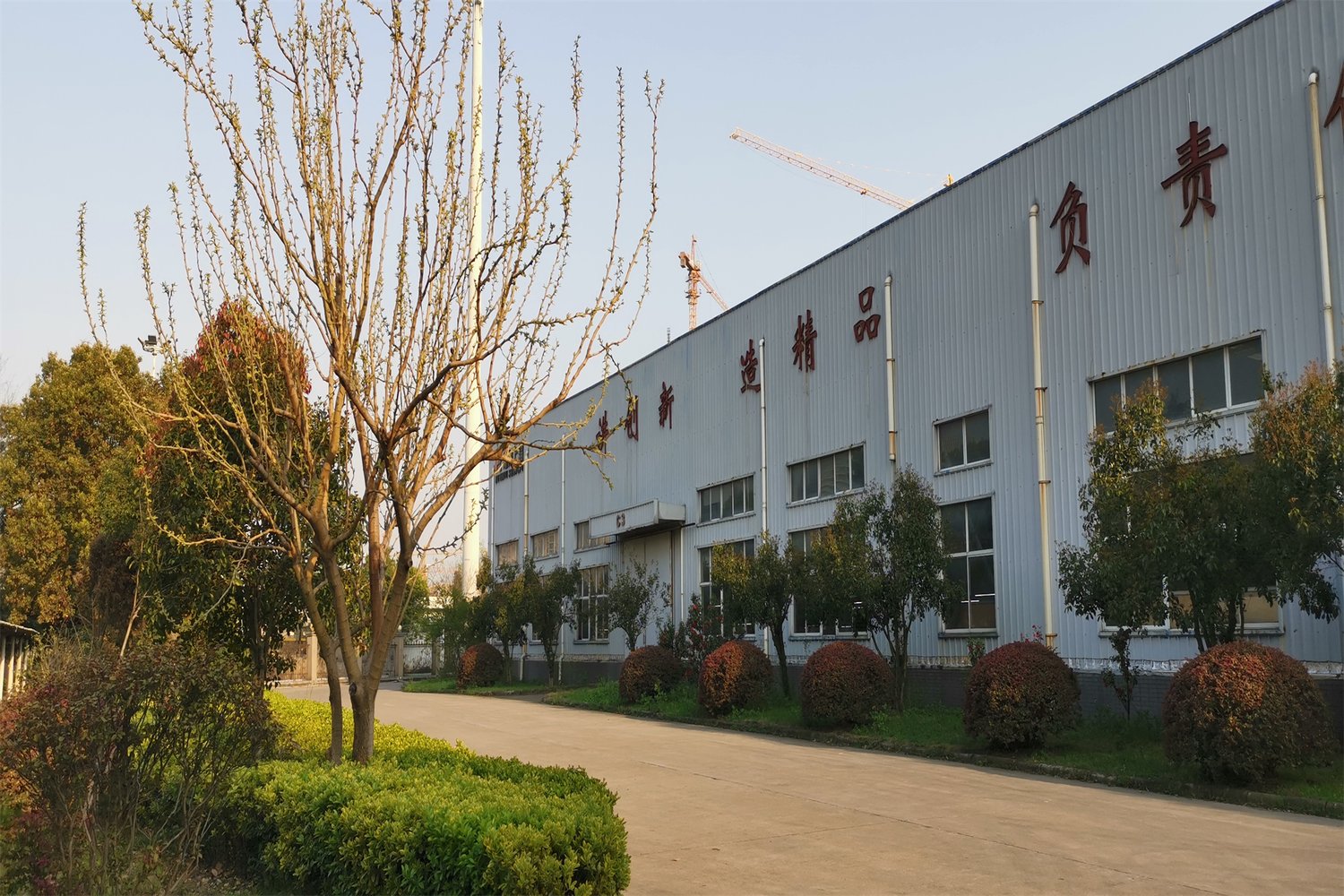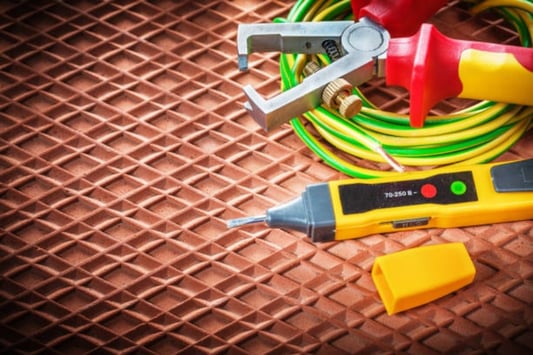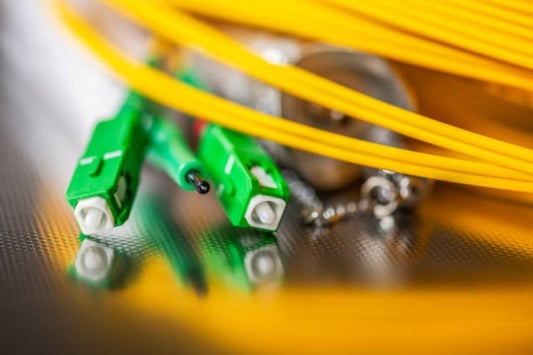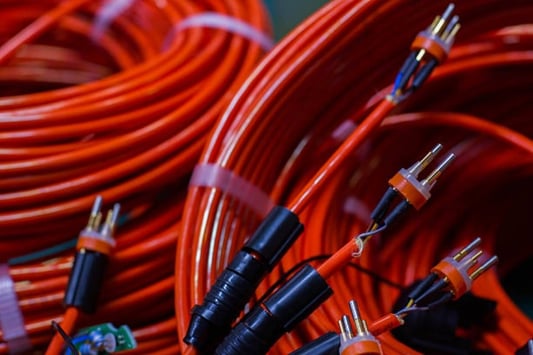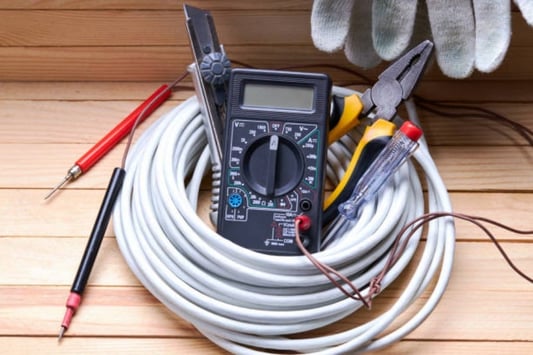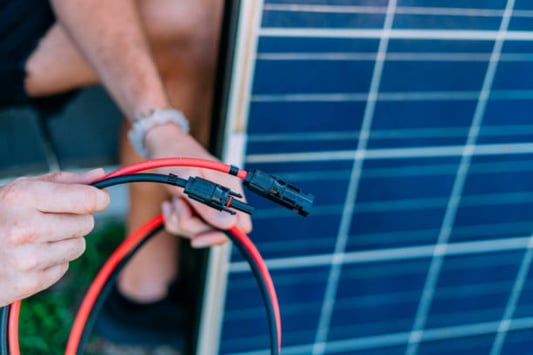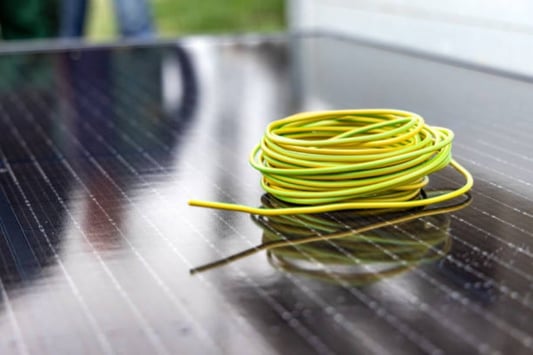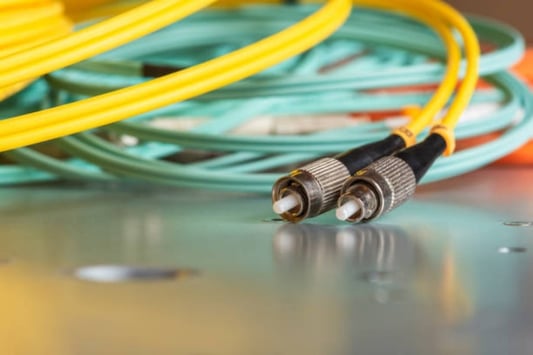The Importance of mc4 6mmMC4 6mm is an essential component in solar panel installations. It is a type of connector that ensures the safe and efficient transfer of electricity from the solar panels to the inverter and eventually to the electrical grid. Without MC4 connectors, solar panels would not be able to operate optimally and would be prone to safety hazards.MC4 6mm SpecificationMC4 6mm connectors are also known as MC4-PV2 connectors. They are made of high-quality materials that can withstand harsh weather conditions and UV exposure. They are specifically designed for use in solar installations and comply with international safety standards. The 6mm wire size is ideal for most residential solar panel systems.Benefits of MC4 6mmUsing MC4 6mm connectors in solar panel installations offers several benefits. Firstly, they provide a secure and reliable connection. This reduces the risk of electrocution and electrical fires. Secondly, they simplify the installation process. MC4 6mm connectors are easy to install and can be quickly connected or disconnected when needed. Lastly, they improve the overall performance of the solar panel system by ensuring maximum power output.MC4 6mm vs Other ConnectorsMC4 6mm connectors are not the only type of connector available for solar panel installations. Other connectors include MC3, Tyco, and Amphenol connectors. However, MC4 6mm connectors are preferred by most solar installers due to their safety, reliability, and ease of use. They are also more widely available and are compatible with most solar panel brands.MC4 6mm Installation ProcessThe installation of MC4 6mm connectors is a simple process. It involves stripping the ends of the wires and inserting them into the connector. The connector is then crimped onto the wire using a crimping tool. It is important to ensure that the wires are inserted correctly and that the connector is securely attached to the wire.MC4 6mm MaintenanceMC4 6mm connectors do not require much maintenance. However, it is important to regularly check the connectors for signs of damage or wear. If any damage is detected, the connector should be replaced immediately. It is also important to ensure that the connectors are kept clean and free of debris to maintain optimal performance.Where to Buy MC4 6mm ConnectorsMC4 6mm connectors are widely available in most solar panel supply stores. They can also be purchased online from various retailers. It is important to ensure that the connectors are purchased from a reputable supplier to ensure their quality and safety.MC4 6mm CostThe cost of MC4 6mm connectors varies depending on the quantity and brand. Generally, they are affordable and do not significantly add to the overall cost of solar panel installations. Investing in high-quality MC4 6mm connectors is a worthwhile investment that can improve the safety and performance of solar panel systems.ConclusionMC4 6mm connectors are an essential component in solar panel installations. They provide a secure and reliable connection that improves the safety and performance of solar panel systems. With proper installation and maintenance, MC4 6mm connectors can ensure that solar panel systems operate efficiently and safely for years to come.Quote InquiryContact Us

